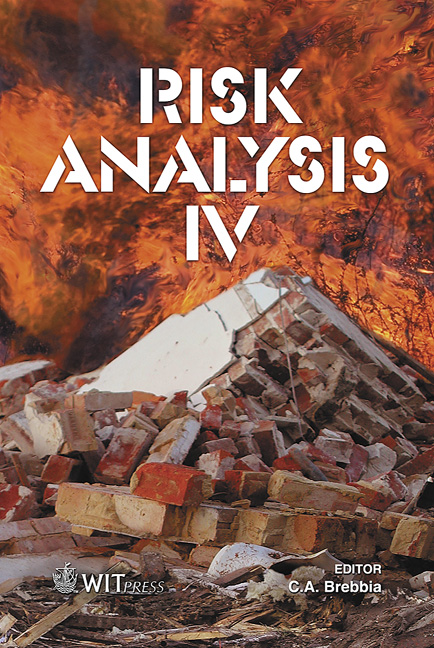The Site Response In The City Of Ragusa-Ibla (Sicily) By Using Microtremors And Strong Ground Motion Simulations
Price
Free (open access)
Transaction
Volume
77
Pages
9
Published
2004
Size
515 kb
Paper DOI
10.2495/RISK040091
Copyright
WIT Press
Author(s)
S. Gresta , H. Langer , M. Mucciarelli , M. R. Gallipoli , S. Imposa, J. Lettica & C. Monaco
Abstract
We studied site effects in the urban area of Ragusa-Ibla (South-eastern Sicily, Italy) by following some integrated different approaches. This city is located on an elongated and almost flat calcarenite hill in the south easternmost part of the Hyblean plateau. This region was struck in historical times by destructive to moderate earthquakes (i.e. 1169, 1542, 1693). As a first, we have performed a geological survey of the urban area (less than 1 km2) at the scale 1:2000 collecting all geological and geotechnical available data from drillings. A further step of the study consisted in the application of the horizontal-to-vertical spectral ratio (HVSR) technique to microtremor measurements carried out at the ground surface of 40 sites. The results have evidenced significant variations of the frequency-amplitude response as a function of the site, in the frequency range 1-10 Hz. In particular, strong amplification is observed at sites located: i) on layers of \“discarded material” (the ruins of the 1693 earthquake and/or recent anthropogenic works), and ii) on fault breccias found in narrow (ca. 20-30 m) areas along the two faults that cross the city). Minor frequency-dependent response anomalies were observed on calcarenites. The site response estimates obtained using the HVSR technique have been compared with those obtained from response spectra of synthetic accelerograms calculated at about 50 sites. The results highlighted the importance of the subsurface geological conditions, in particular the presence of either fault breccias or detritus, that enhances the seismic loading.
Keywords





